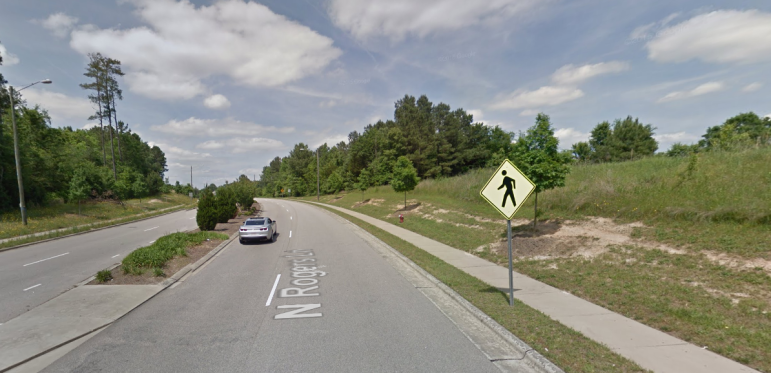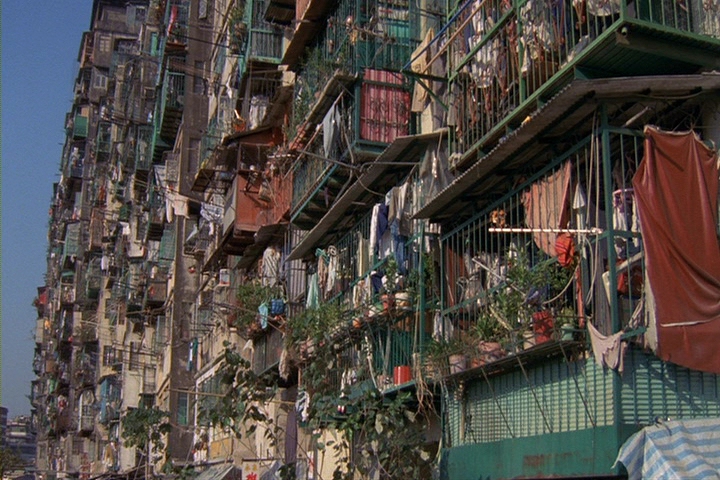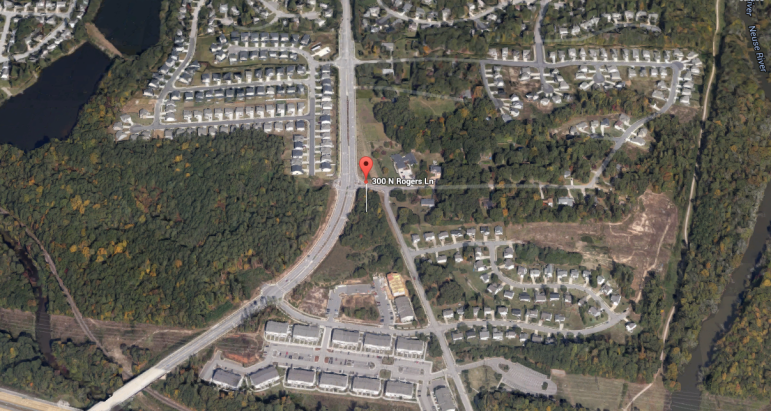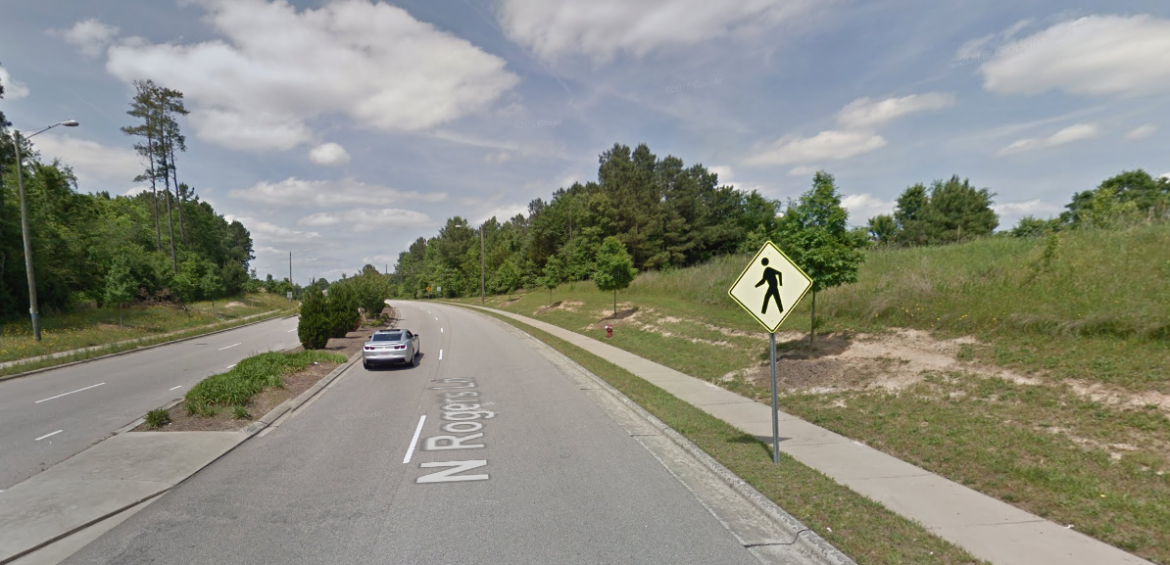Brought to you by Rufty-Peedin Design Build
Wednesday, May 4, 2016
A new apartment complex might be coming to North Rogers Lane, but all we know about it is this: the developer wants it to be four stories of strictly residential development.
I was unable to get that developer for rezoning case Z-11-16, Stewart Marlowe, on the phone, but I did manage to speak with the project’s Lansdcape Architect, Tony Tate. Tate told me there had been no real architectural designs or plans put together yet and said beyond the proposed four stories, there weren’t really any details available.

A generic four-story apartment complex, not associated with this project
So, my work here is done, right? Well, not so fast: Tate also mentioned that Marlowe had filed the rezoning case was to clean up a “technicality” in the previous rezoning. Curious what the previous rezoning was, I dug into the (bare-bones) rezoning documents, and all I could find was “PD” — which stands for Planned Development District.
While I think I was tangentially aware of this particular zoning designation, I don’t remember ever coming across it in a rezoning write-up before. Which means I had to look up the definition on the City website, but I’ll save you all the trouble.
“[PD] is intended to permit the establishment of areas in which diverse uses may be combined and integrated through careful planning to provide a unified and compatible development which is consistent with the general comprehensive plan, and which may reasonably be expected to result in a quality of living environment which is more closely in keeping with the purposes of zoning than would otherwise likely be obtained.”

Google Maps
The apartments would be developed in the wooded area on the right
Well that’s crystal-clear, right?
In order to see if I could find some information about, say, what was actually allowed in this type of zoning district, I cracked open the Raleigh Zoning Handbook. It turns out, anything allowed in a Thoroughfare District is allowed in a Planned Development District.
The plot thickens. Within a TD, property owners are permitted to develop “All Business District uses including retail, office, and hotel/motel; maximum 40 dwelling units per acre; indoor, outdoor recreation uses; public utilities plants, industrial uses, except mining or quarries, open landfills, rifle ranges, junk yards, manufactured housing and other uses not permitted in the Industrial-1 and 2 Districts.”
The property being rezoned is 18.2 acres, which means Marlowe would, theoretically, be allowed to develop a total of 728 units on the land. So if he were to build the maximum number of units, and assuming it’s just one, four-story building, that would mean a total of 182 units per floor. As impractical as that sounds, part of me likes the sound of it.

Kowloon Walled City
It would probably end up looking like this, though
Aesthetically I have no idea what that would look like or how, exactly, it would get built from an engineering standpoint, but I’ll tell you what: no one would call it “boring” or “unoriginal.” I’d imagine that “terrifying” or “dystopian” might make better descriptors. There’s got to be a Howard Roark out there somewhere who’s bold enough to make this happen.
The real story here, which I’ve taken way too long to get to, is that this rezoning case is actually rezoning the property to be *more* restrictive than it currently is. Under the PD zoning, Marlowe could build a big mixed-use development with ground-floor retail and/or office.
The change to RX-4 would technically still allow for limited commercial development, but in the “Narrative” for this case, it states the property will be limited to residential development.
Under the “Public Benefits” section, it notes:
“The request for Residential Mixed Use without retail and commercial uses will reduce the potential traffic concerns associated with the future school site next door.”
That’s right: directly across the street from this brand-new apartment complex will be the brand-new Rogers Lane Elementary school we talked about just last week.
One other thing stuck out for me, also in the “Public Benefits” section of the application.
“The request provides for a variety of residential options as approved in the current PD Zoning District and also socioeconomic diversity in housing close to public schools.”
I’m not sure if this means these will be affordable/workforce apartments, or if you can claim that any kind of apartment complex added to an area predominantly made up of single-family homes will create socioeconomic diversity.

Google Maps
The wooded area to the left will be the new home of Rogers Lane Elementary, but you can see all the single-family homes everywhere else.
Here’s my prediction of the day: if this does end up being affordable housing, I imagine people will cite the new elementary school as a reason to not let it get developed. In fact, I imagine that may be an argument against any type of apartment housing, but we’ll see.
The notes in the rezoning application for Z-11-16 from the first neighborhood meeting Marlowe et. all held stated that people were not in favor of apartments, nor were they in favor of the proposed four stories. Sounds like maybe they’re not so crazy about the prospect of someone bringing socioeconomic diversity into their backyards.
One problem for those who might not want to see this project happen: there’s not a strong argument, from a zoning perspective, to deny this case. It’s consistent the Future Land Use Map and with the following 2030 Comprehensive Plan Policies: LU-2 Recommended Height Designations, LU-2.2 Compact Development and LU-8.1 Housing Variety.
All that being said, there was a case at City Council yesterday for a proposed workforce housing apartment complex in a predominantly single-family area where the request called for higher-intensity development where the developers and neighbors were able to reach a last-minute agreement. That was a much trickier case, so hopefully by the time this case finds its way to the Council, any potential issues or concerns will have long been ironed out.
